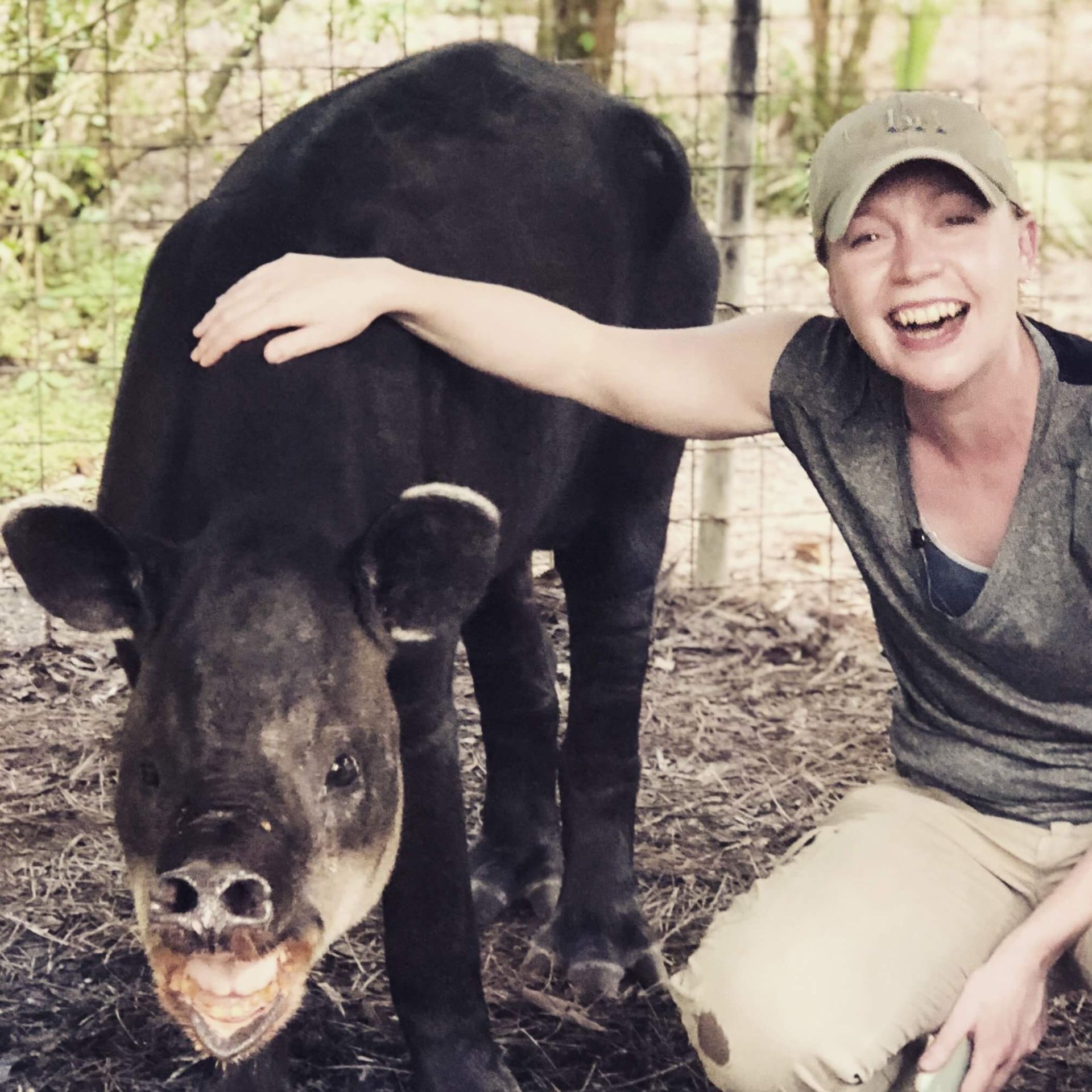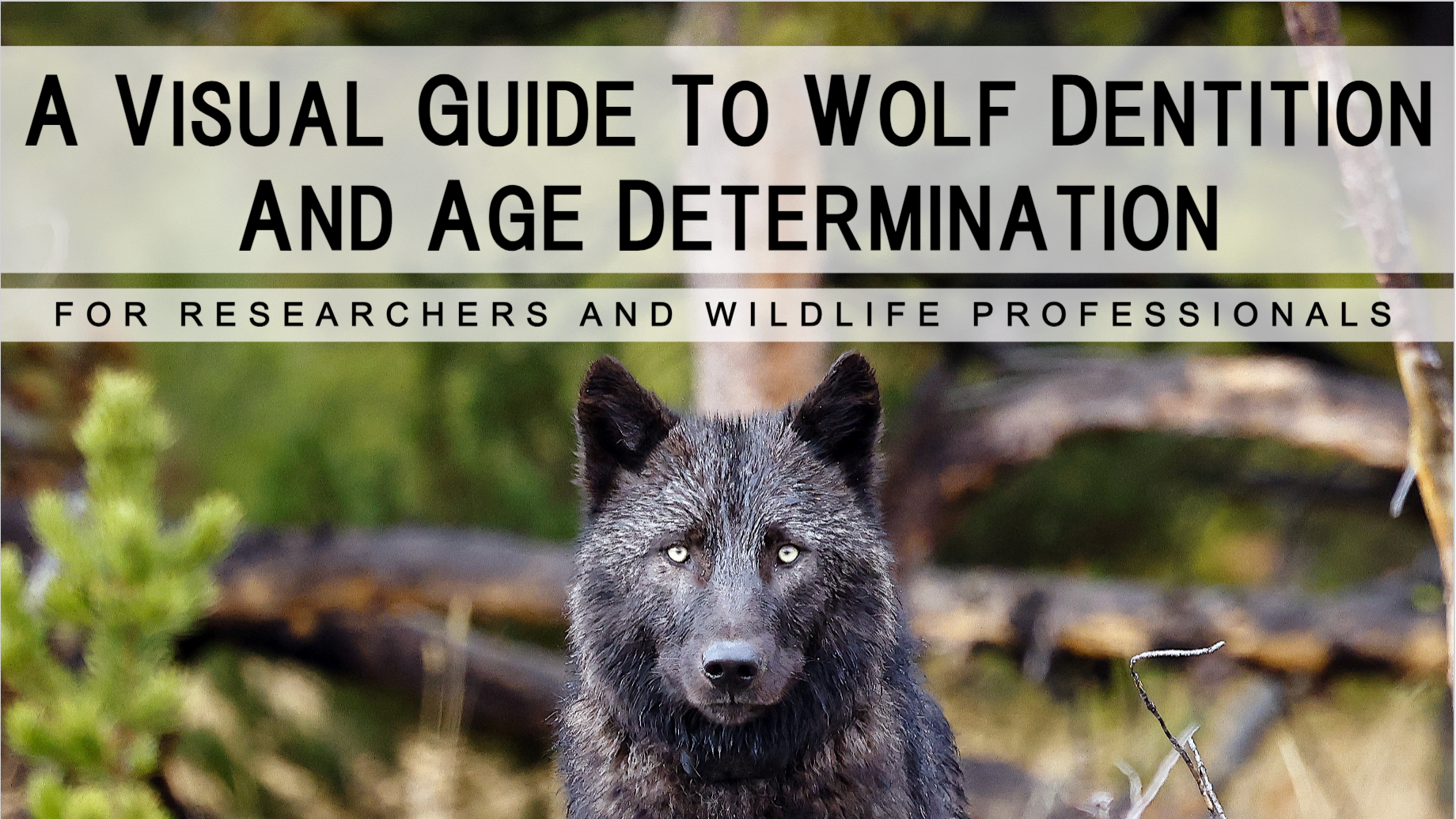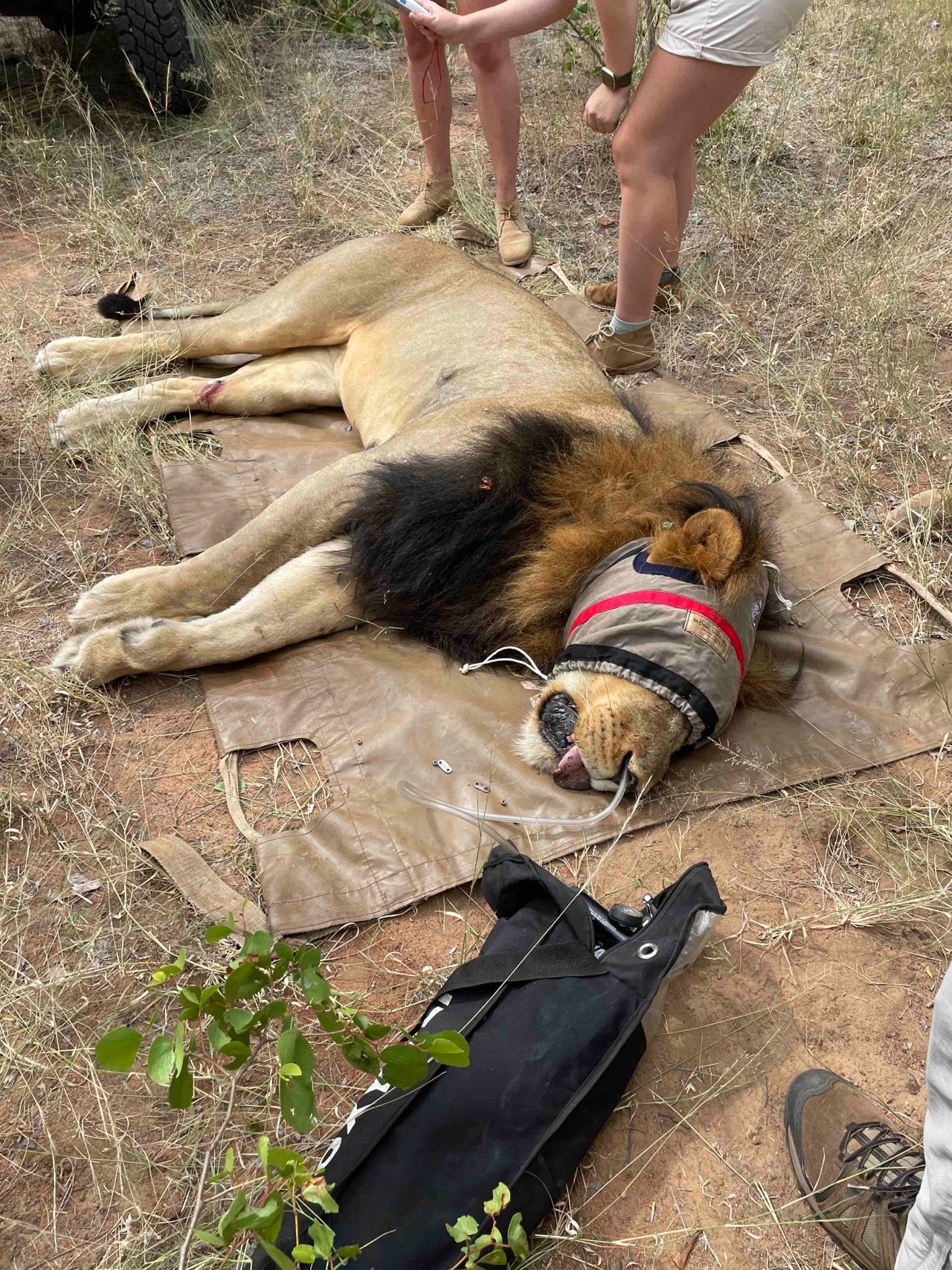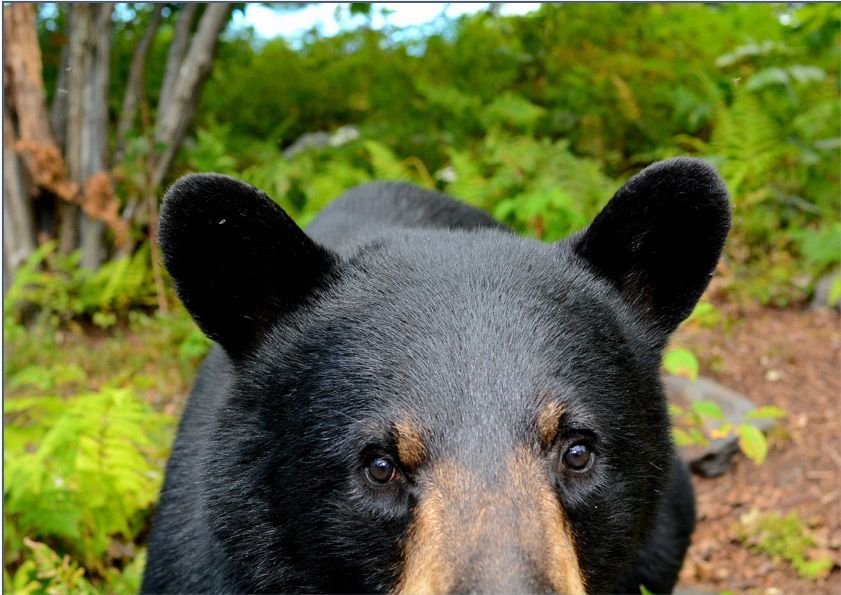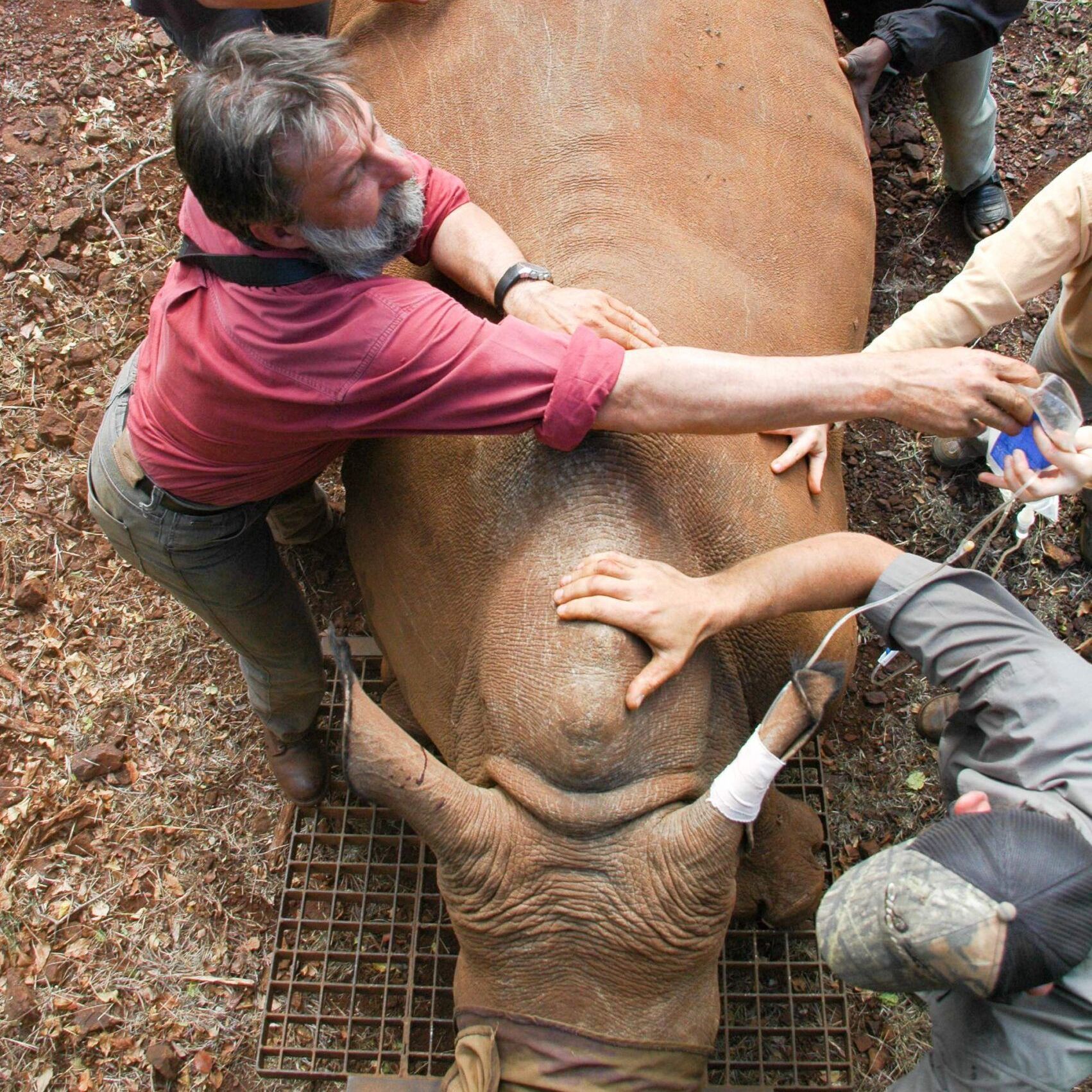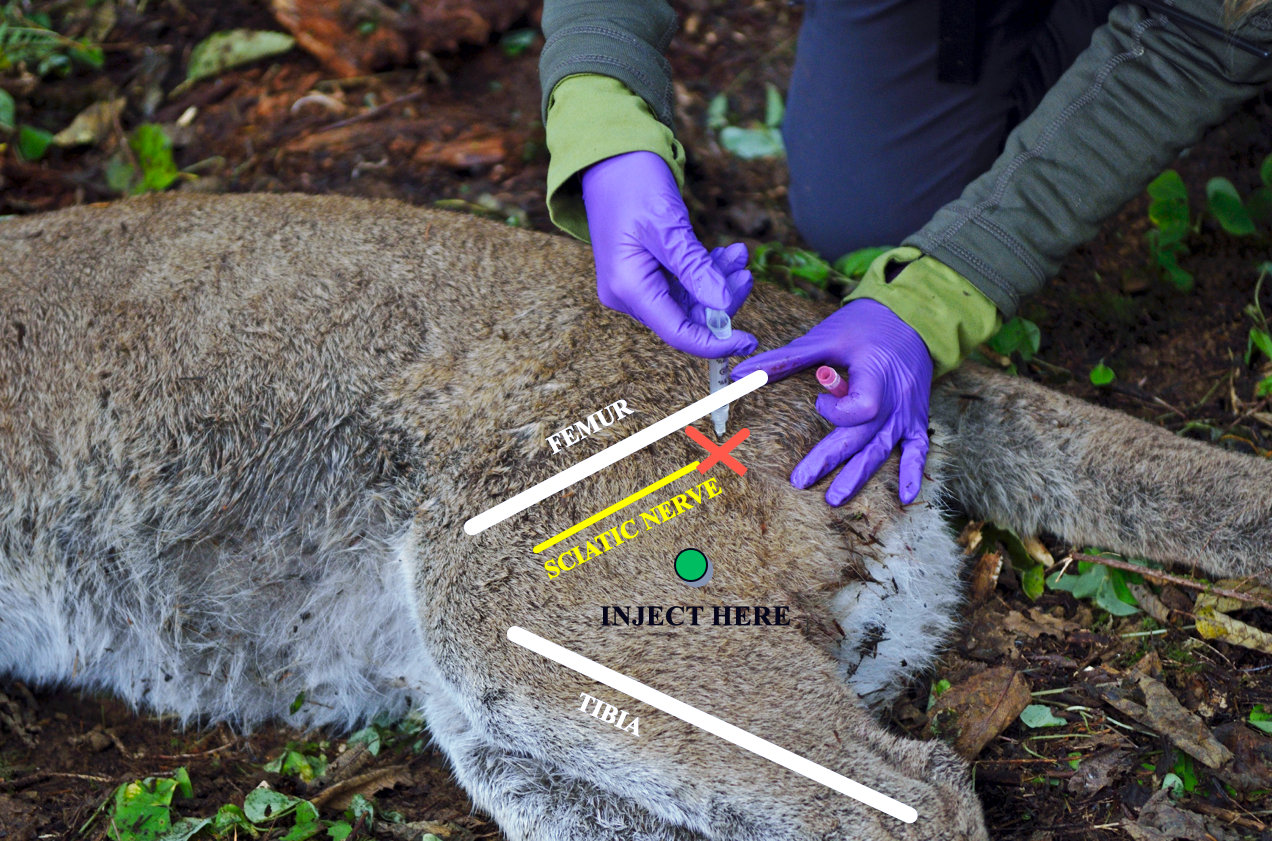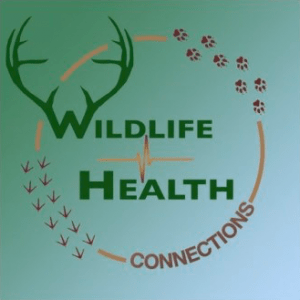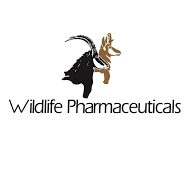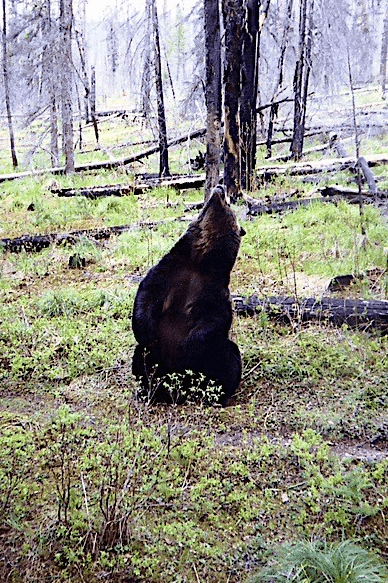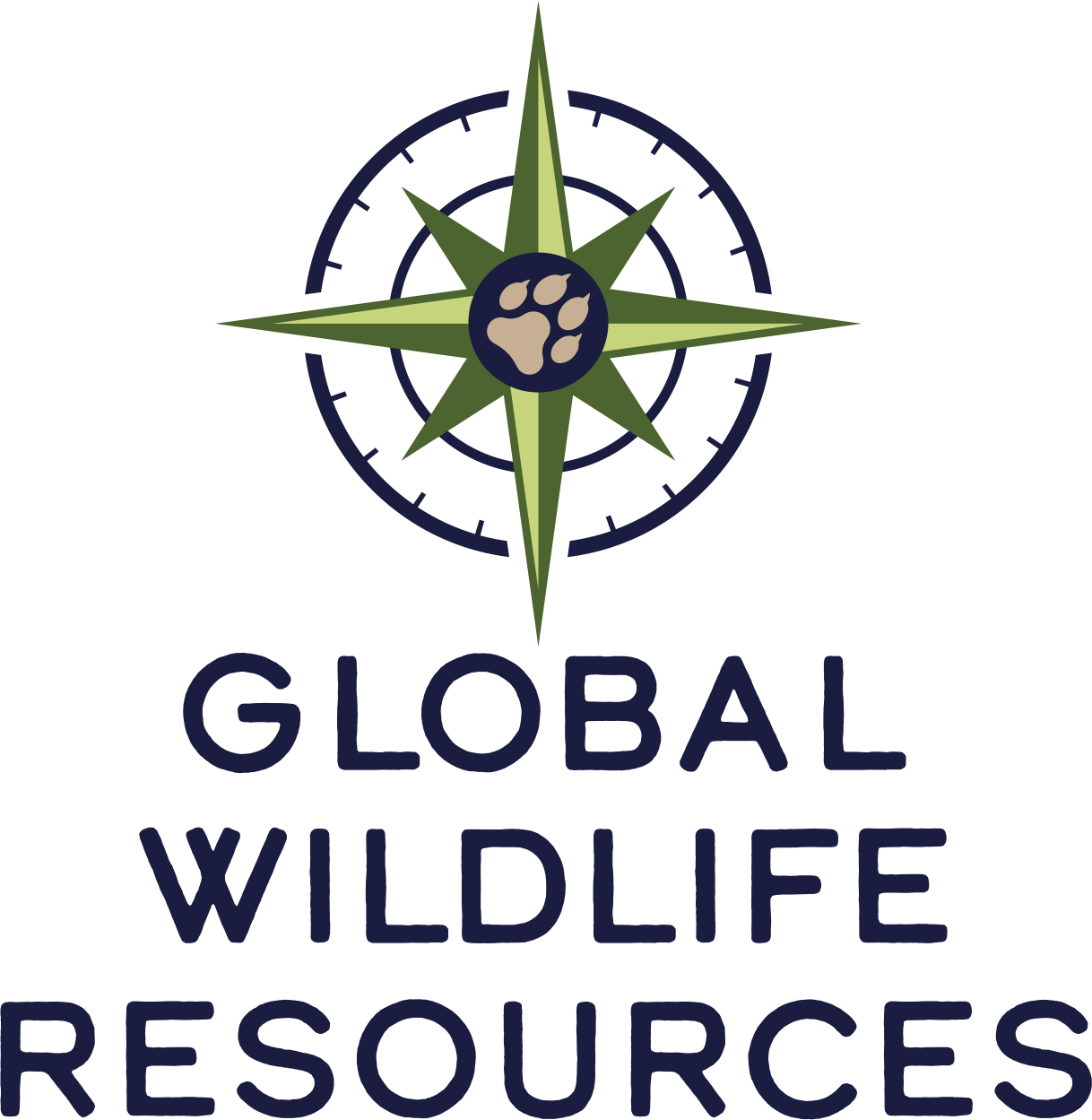“Dear colleagues, I am honored to have Michelle Kneeland DVM write this inspiring article. This blog will have guest authors once a month. Thank you, Michelle!”
Dr. Mark Many wildlife students are becoming dismayed by the current job market and difficulties they face in finding wildlife career opportunities. I understand because I’ve been there too. I know what it’s like to be trapped in a sea of applicants, struggling to stay afloat. You keep treading water, hoping to be the next “chosen one” that gets thrown a life raft and hired for that position you desperately want.
Most applicants believe their only option is to compete against each other for the limited number of available jobs. After multiple rejections, many passionate and brilliant people start to wonder if their career is dead in the water. But it doesn’t have to be this way. I’ve been through this myself and I found a different way forward. There was one particular point when I was trying to advance to the next stage of my profession but nothing was working out for me. Every job opportunity was incredibly competitive, and even when I made it to the final round there was always some specific “thing” they were looking for that I didn’t have. I was always the square peg trying to fit into the round hole.
I came to the conclusion that I needed to stop letting other people dictate my career. I realized that I didn’t need to wait for someone to give me permission to pursue the type of career I desired. I didn’t have to choose from the options presented to me- I had the ability to create my own options. I stopped looking at the job boards, and I stopped listening to other people’s opinions about what I “should” do. Instead of looking externally for all the answers, I started looking deep within myself. To help myself get clear on the vision for my life and my career, I would schedule a little bit of alone time for myself every morning when I could clear my head with no distractions- before all the stress and anxiety of the day could take over my mind. Sometimes I would write my thoughts in a journal to help clarify what was going through my head. I began asking myself questions like:
- “What would my ideal future look like if there were no limitations? “
- “If money and job title were removed from the equation completely, what kind of work would I love to do?”
- “What impact do I wish to make in the world?”
- “How do I want to live my daily life? Where do I want to live?”
- “Where is there a need, and how can I use my particular skills to fill that void?”
With this new clarity, I began to realize that my ideal job to fit this vision didn’t exist (yet), and I would have to create it. Now that I knew what my end goal was, I could go to work figuring out how to get there. I was no longer competing with other people- I was competing with myself. I challenged myself to find creative solutions to overcome the roadblocks in front of me. I taught myself the knowledge and skills I lacked. I still had to maintain my day-job (having a new vision didn’t make my bills disappear), but my down time was spent working towards making the vision for my career a reality. I had to step outside my comfort zone, and learned through trial and error. When setbacks occurred and things got tough, I would envision my future self doing all the things I hoped to do. I would feel that excitement and gratitude as if it this future reality was already happening in the present, and it motivated me to keep going. This eventually led me to start my own organization that was perfectly aligned with the life and career I wanted. It allows me the freedom to travel and do the wildlife work I’m passionate about while also providing a sustainable income. It really is my “dream job,” because it was created from my own vision for my life. I’m grateful that I was turned down for all those positions I applied for. Looking back, I now realize none of those would have been a perfect fit. I’m also grateful for every person who overlooked me, doubted my skills, or tossed my resume in the recycle bin. These people taught me not to seek validation from others, but instead to trust in myself. Look within your own heart- what’s your vision for your future and your career? Perhaps, like me, you find that your perfect position can’t be found on a job board. And if your perfect position is on a job board how can you find your own way to get that job? I invite you to join me- not by following my path but by blazing your own and manifesting your unique life’s vision. I can’t tell you how to do it. That answer will be different for each person based on their own particular vision and circumstances. But when we get clear about what we want to achieve and why we want to achieve it, solutions to the how start to become evident. It won’t be easy or quick; you’re going to get a little beat up along the way and it won’t be a straight line. But the journey can take you places you would have never thought possible. And in doing so, we give others the courage to do the same.
Michelle Kneeland, DVM
Dr. Kneeland is a wildlife veterinarian with experience working across state and federal agencies, non-profits, academia, and clinical practice. She focuses on free-ranging wildlife health through field research, captive-rearing/reintroduction, and pathology. She currently splits her time between New England and the Greater Yellowstone Ecosystem, providing veterinary services for Maine Dept of Inland Fisheries & Wildlife and Ricketts Conservation Foundation. Dr. Kneeland recently founded WildlifeHealth.org and offers resources to help the next generation of wildlife professionals.

